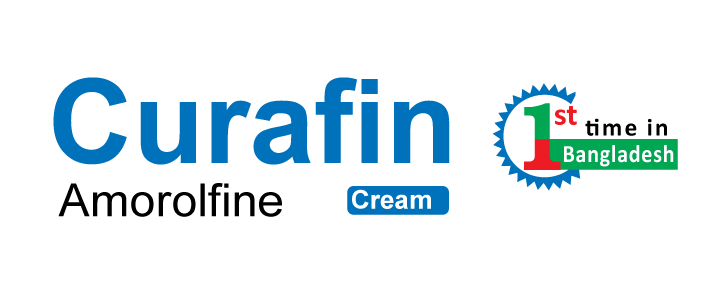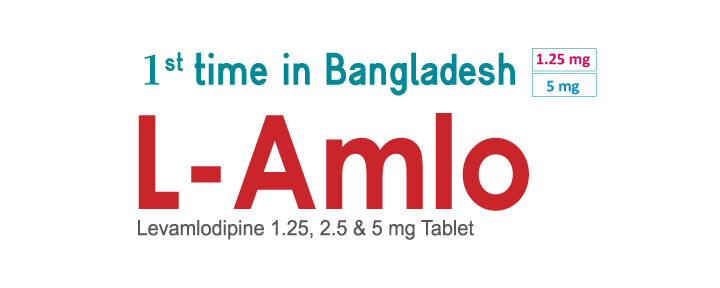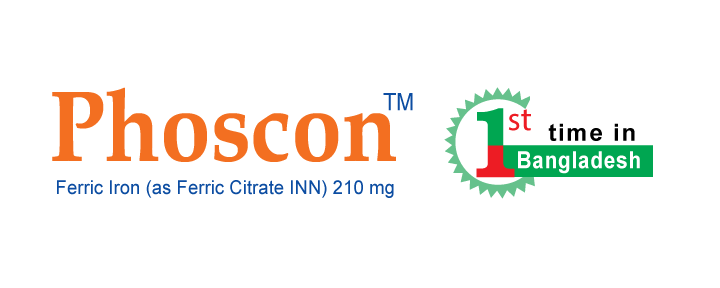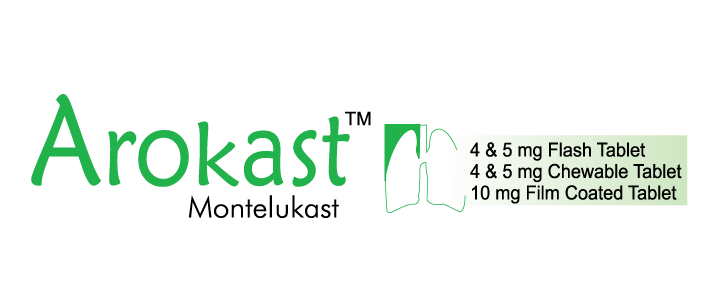Human Health Division (HHD) Products
Product List by Therapeutic
Sodium Feredetate Trihydrate BP 207.5 mg/5 ml equivalent to elemental iron 27.5 mg
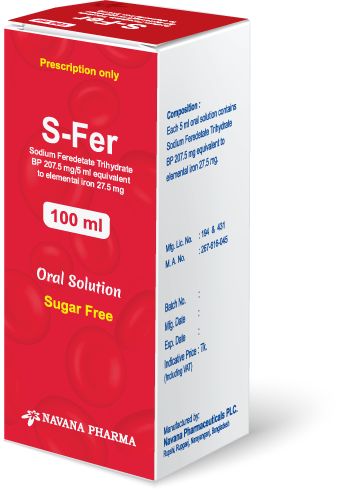
Potassium Citrate BP 30% & Citric Acid Monohydrate BP 5%
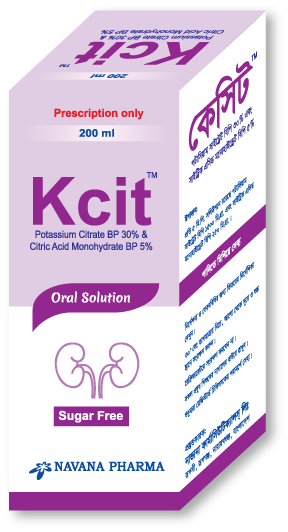
Kcit
Composition
Kcit™ 200 ml Oral Solution:
Each 5 ml contains:
- Potassium Citrate BP 1500 mg
- Citric Acid Monohydrate BP 250 mg
Pharmacology
Kcit Oral Solution is a stable and pleasant-tasting systemic alkalizer. Potassium Citrate is metabolized into Potassium Bicarbonate, which acts as a systemic alkalizer. It alkalinizes the urine without inducing systemic alkalosis when taken as recommended. Potassium Citrate does not neutralize gastric juice or disrupt digestion.
Indications
Kcit is indicated for:
- Relieving discomfort in urinary tract infections
- Preventing kidney stones
- Use with uricosuric agents to prevent gout
- Treating acidosis caused by kidney diseases
Dosage & Administration
- Adults: 10 ml three times daily, diluted with water
- Or as directed by the physician
Contraindications
Kcit is contraindicated in patients with:
- Severe renal impairment with oliguria or azotemia
- Untreated Addison’s disease
- Acute dehydration
- Severe myocardial damage
- Hyperkalemia of any cause
Warnings & Precautions
- Use with caution in patients with low urinary output.
- Always dilute with water to minimize gastrointestinal irritation.
- Preferably take doses after meals.
- Large doses may cause hyperkalemia or alkalosis, particularly in patients with renal impairment.
Side Effects
Kcit is generally well tolerated at recommended doses in individuals with normal renal function. However, caution is required to prevent hyperkalemia or alkalosis, especially in patients with compromised renal function. Symptoms of potassium intoxication include:
- Weakness
- Mental confusion
- Tingling in extremities
Use in Pregnancy & Lactation
There is no adequate data on the use of this product during pregnancy or lactation.
Use in Children & Adolescents
The safety and efficacy of Kcit in children and adolescents have not been established.
Drug Interactions
- Concurrent use with potassium-containing medications, potassium-sparing diuretics, ACE inhibitors, or cardiac glycosides may lead to toxicity.
Overdose
Excessive potassium intake may result in hyperkalemia, especially in patients with impaired potassium excretion. Immediate treatment includes:
- Discontinuation of potassium-containing foods and medications.
- IV administration of dextrose (10–25%) with insulin.
- Use of exchange resins, hemodialysis, or peritoneal dialysis, as needed.
Storage
- Store below 30°C, protected from light, and in a dry place.
- Keep out of reach of children.
Packing
Kcit™ 200 ml Oral Solution:
- Each box contains a 200 ml PET bottle with a 20 ml measuring cup and an insert.
Ibandronic Acid INN 150 mg
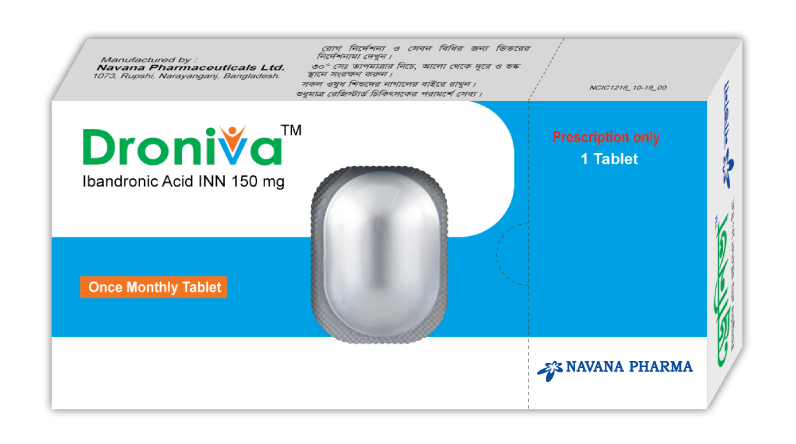
Composition:
Each film-coated tablet contains Ibandronate Monosodium Monohydrate INN equivalent to Ibandronic Acid 150 mg.
Indications
Droniva is indicated for the treatment and prevention of osteoporosis in postmenopausal women. Droniva increases bone mineral density (BMD) and reduces the incidence of vertebral fractures.
Ferric Iron (as Ferric Citrate INN)
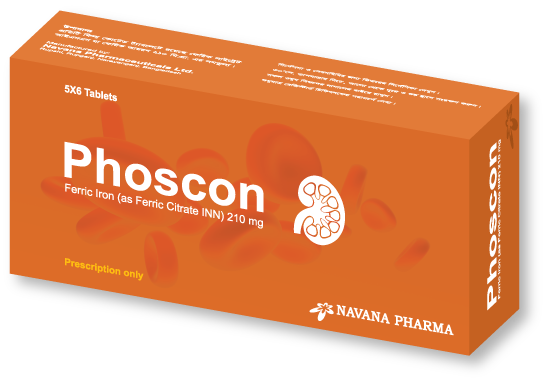
Composition:
Phoscon Tablet: Each film coated tablet contains Ferric Citrate INN equivalent to Ferric Iron 210 mg.
Indications:
* The control of serum phosphorus levels in adult patients with chronic kidney disease on dialysis
* The treatment of iron deficiency anemia in adult patients with chronic kidney disease not on dialysis.
Dosage & Administration:
Hyperphosphatemia in Chronic Kidney Disease on Dialysis:
* Starting dose is 2 tablets orally 3 times per day with meals
* Adjust dose by 1 to 2 tablets as needed to maintain serum phosphorus at target levels, up to a maximum of 12 tablets daily. Dose can be titrated at 1-week or longer intervals.
Iron Deficiency Anemia in Chronic Kidney Disease not on Dialysis:
* Starting dose is 1 tablet orally 3 times per day with meals
* Adjust dose as needed to achieve and maintain hemoglobin goal, up to a maximum of 12 tablets daily or as directed by the physician.
For Iron Deficiency Anemia:
120-240 mg elemental Fe3+ iron per day immediately after meal for 7 weeks.
Ferric Maltol
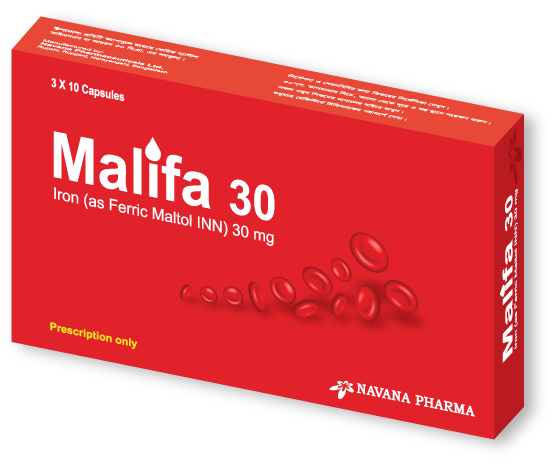
Composition:
Malifa 30: Each capsule contains Ferric Maltol INN equivalent to Iron 30 mg.
Indication:
It is indicated for the treatment of iron deficiency in adults.
Dosage & Administration
• 30 mg twice daily on an empty stomach (Morning & Evening).
• Continue as long as necessary to replenish body iron stores
or as directed by the physician.
Multivitamin+ Codliver Oil
Vit B1 + Vit B6 + Vit B12
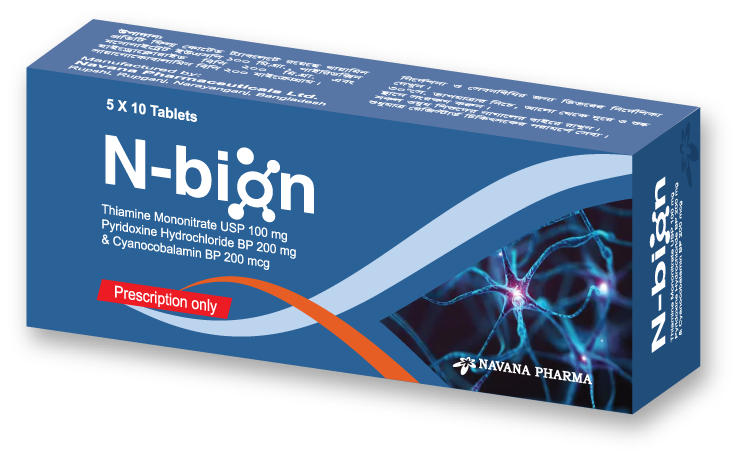
Calcium (Coral) + Vitamin D3
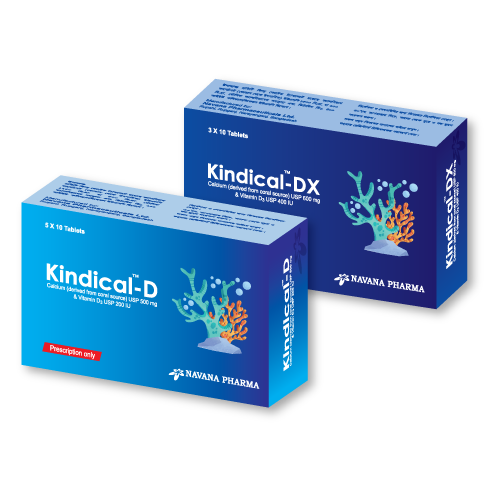
Zinc + Copper + Lutein+ Vitamin C + Vitamin E
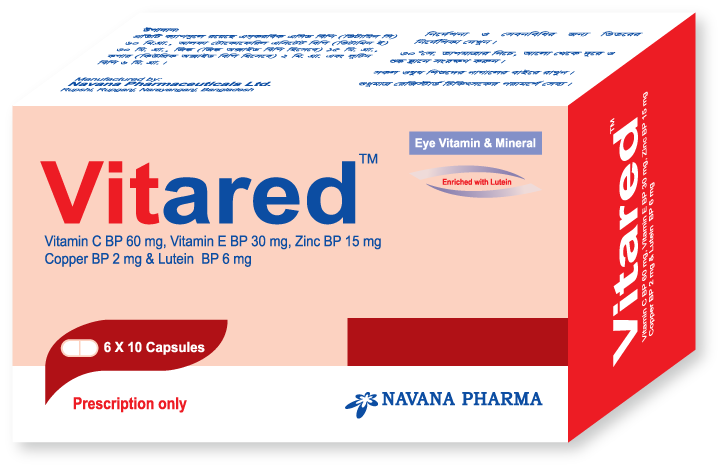
Glucosamine + Diacerein

